Programme Activities
Under Dr. Manibhai Desai Unnat Gram Abhiyan Community Organisations such as Gram Panchayat, Watershed development committees (WDC), Farmer Producer Organisations (FPOs), and Self-help groups (SHGs) can start following activities.
A. Organic farming
A1. Sustainable Agriculture Practices
A1.1 Vermicomposting:
| Vermicompost (or Worm Compost) the process of using earthworms to break down agri / kitchen / garden waste, to create a faster than normal composting. |  |
A1.2.a Jeevamrut: Jeevamrut is liquid organic manure popularly used as a means of organic farming. It provides nutrients, but most importantly, acts as a catalytic agent that promotes the activity of microorganisms in the soil, as well as increases earthworm activity
A1.2.b Beejamrut: It is a treatment used for seeds, seedlings, or any planting material. Bijamrita is effective in protecting young roots from fungus as well as from soil-borne and seed-borne diseases that commonly affect plants after the monsoon period.
A1.2.c Dashparni Ark: It is a natural pesticide, which can be used on any crop and vegetable plants or fruit trees. Due to the high amount of urea in Dashparni Ark, worms and insects do not attack crops, plants, and buds. A1.3 Microbial fertilizers: Microbial fertilizers are defined as naturally active products or microbial inoculants consisting of bacteria, algae, fungi, or biological compounds that may help to benefit the soil and plants.
A2. Biochar
 |
Biochar can improve soil fertility, which stimulates plant growth. Due to its ability to retain soil nutrients for long periods of time, biochar reduces the need for chemical fertilizers. |
A3. IRESA
| Integrated Renewable Energy and Sustainable Agriculture (IRESA) is a complete package of activities around the central theme of household-level biogas units. The focus is on the optimal use of existing resources for sustainable energy generation for cooking and value-added organic manure production for soil fertility. The approach enables the farmers to fulfill the energy and soil nutrient requirements. | 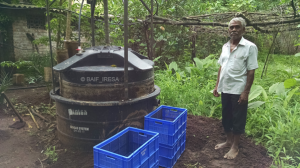 |
B. Improved Agriculture Forestry
B1.Soil management:
Soil management is the application of operations, practices, and treatments to protect soil and enhance its performance (such as soil fertility or soil mechanics). It includes soil conservation, soil amendment, and optimal soil health.
B2.1. Vegetable Cultivation:
 |
To increase the income of small farmers, vegetable cultivation was promoted. It is intended primarily for human consumption. |
B2.2. Nutritional / Kitchen garden:
| By having a nutrition garden, one can avoid eating vegetables that are tainted with pesticides. More importantly, this will improve health as well as saves money too. |  |
B2.3. Nurseries:
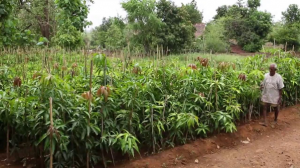 |
BAIF provides training and support to farmers to establish nurseries for local plants. The grafts produced can be sold to generate income. |
B3. Floriculture:
| Floriculture, or flower farming, is the practice of cultivating flowering and ornamental plants for sale. Floriculture is becoming a popular activity among small farmers who are raising marigold and jasmine. | 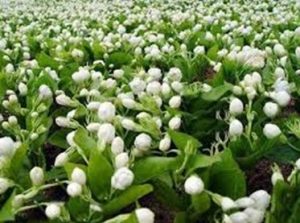 |
C. Fodder Cultivation
C1. Fodder crops (Bajra, African Tall Maize):
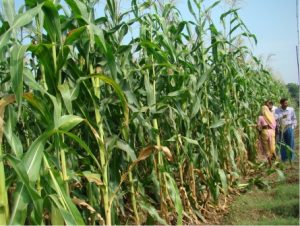 |
Fodder crops are crops that are cultivated primarily for animal feed. These green fodder have more dry matter, crude protein content. So have high nutritive content. |
C2. Unconventional Fodder
C2.1 Cactus plantation:
| Cactus is a well-known crop for an arid climate. It is used as fodder for cattle. Efforts have been made to introduce this crop at the farmer’s level by BAIF in arid and semi-arid regions of India. It has emerged as one of the most suitable crop species to meet multiple requirements of food, fruit, forage, and a host of other ecological benefits. |  |
C2.2 Azolla
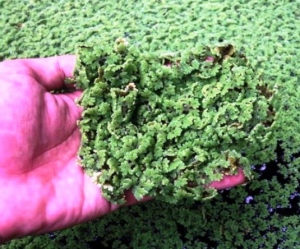 |
Azolla is used as a food source for livestock. It grows at great speed – doubling its biomass every two to three days. The nitrogen-fixing capability of Azolla has led to Azolla being widely used as a biofertilizer. |
C2.3 Hybrid Napier:
| BAIF has developed Hybrid Napier varieties which can be grown in a nursery and provided to other farmers. It decreases the cost for the production of milk and has fodder availability round the year to farmers. |  |
C3. Silage:
 |
Silage is a type of fodder made from green foliage crops that have been preserved by acidification, achieved through fermentation. It can be fed to cattle, sheep, and other such ruminants. |
D. Livestock development
D1. Artificial insemination technician (AIT)
| Artificial insemination (AI) service is the process of cross-breeding of the local/nondescript cattle with imported high milk yielding bull semen. BAIF offers these services through its Cattle Development Centres (CDCs). Artificial insemination technician (AIT) visits farmers for disseminating their livestock. |  |
D2. Dairy Management Practices:
D2.1 Breeding management:
Breeding Management practices are implemented for better reproduction of cattle. Successful reproduction encompasses the ability to mate, the capacity to conceive and to nourish the embryo and deliver the viable young ones at the end of a normal gestation period.
D2.2 Animal Nutrition:
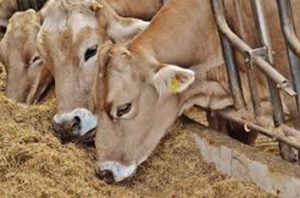 |
Efficient milk production in dairy animals requires efficient feed management. Adequate feeding will ensure that the animal attains the desired body weight, produces more milk, and remains healthy. |
D2.3 Disease Management:
Livestock diseases contribute to an important set of problems within livestock production systems. Livestock disease management can reduce disease through improved animal husbandry practices.
D3. Goat rearing:
| Goats are an integral part of the rural economy. Goat rearing has been an important livelihood option for small and marginal farmers as well as landless families in India. Goats are reared for milk and meat. |  |
E. Information and Communication Technologies (ICTs)
E1. eLearning:
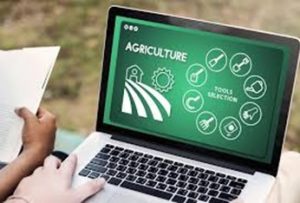 |
e-learning has completely transformed the way in which training is imparted. Unlike traditional chalk and board methods of teaching, e-learning offers many advantages such as content development by domain experts who are not able to deliver lectures physically at every location; trainees are not required to travel and incur expenditure on travel and stay for the training. |
E2. e -Dost:
| eDost is typically a digital village catalyst, preferably a woman, who earns income by offering various generic digital services. |  |
E3. Sanvadini:
 |
Sanvadini is a rural-focussed out-bound call center operated by rural women. It offers telephonic value-added services to livestock owners, farmers, and other members of the rural communities. |
F. Water Saving Technologies
F1. Sprinkler Irrigation
| Sprinkler Irrigation is a method of applying irrigation water that is similar to rainfall. Water is distributed through a system of pipes usually by pumping. It is then sprayed into the air and irrigated the entire soil surface through spray heads so that it breaks up into small water drops that fall to the ground. |  |
F2. Drip Irrigation:
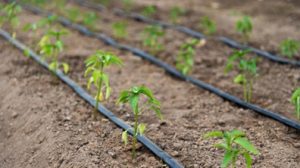 |
Drip irrigation is a type of micro-irrigation system that has the potential to save water and nutrients by allowing water to drip slowly to the roots of plants, either from above the soil surface or buried below the surface. |
F3. Mulching:
| Mulching is the placement of any organic or inorganic material over the top of a soil surface to protect it. Some of the benefits include reduced soil erosion, less compaction, moisture conservation, increased control of soil temperature, and a reduction in weed growth. |  |
G. Solar Technologies
G1. Solar Street Lamps
 |
Solar street lights are raised light sources which are powered by solar panels generally mounted on the lighting structure or integrated into the pole itself. The solar panels charge a rechargeable battery, which powers a fluorescent or LED lamp during the night. |
G2. Solar water pump
| Solar pumping for agriculture is in great demand. As a solar water pump minimizes the dependence on electricity or diesel, once installed, there is no recurring cost of electricity or fuel. |  |
G3. Solar Dryer
 |
To enable poor farmers to sell their produce at a remunerative price, solar dryers for dehydration of fruits and vegetables have been installed at various locations. Some of them are being operated on an enterprise model. |
Community Organisations can join the Abhiyan by marking their expression of interest in the form and providing other registration information.
To Register under Dr. Manibhai Desai Unnat Gram Abhiyan, Click here
